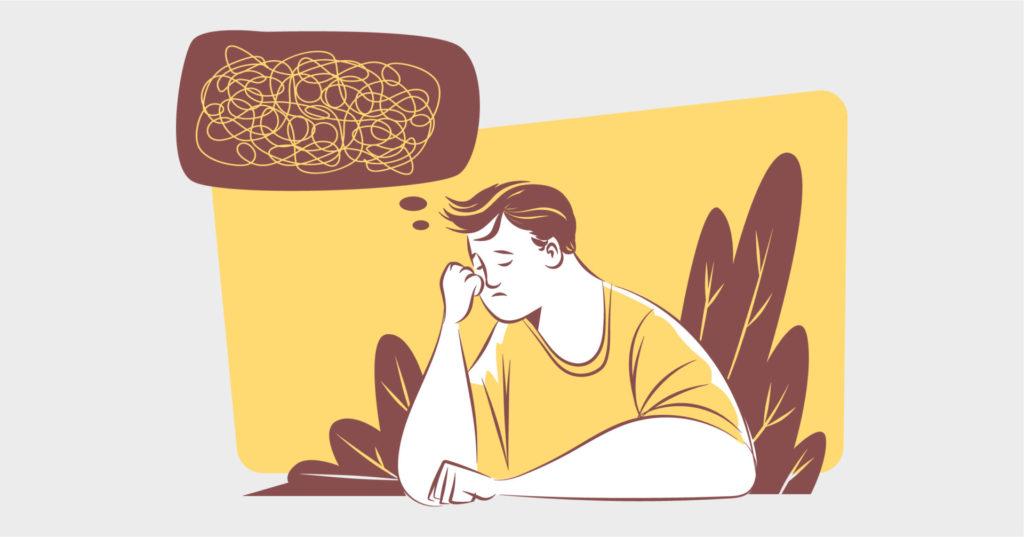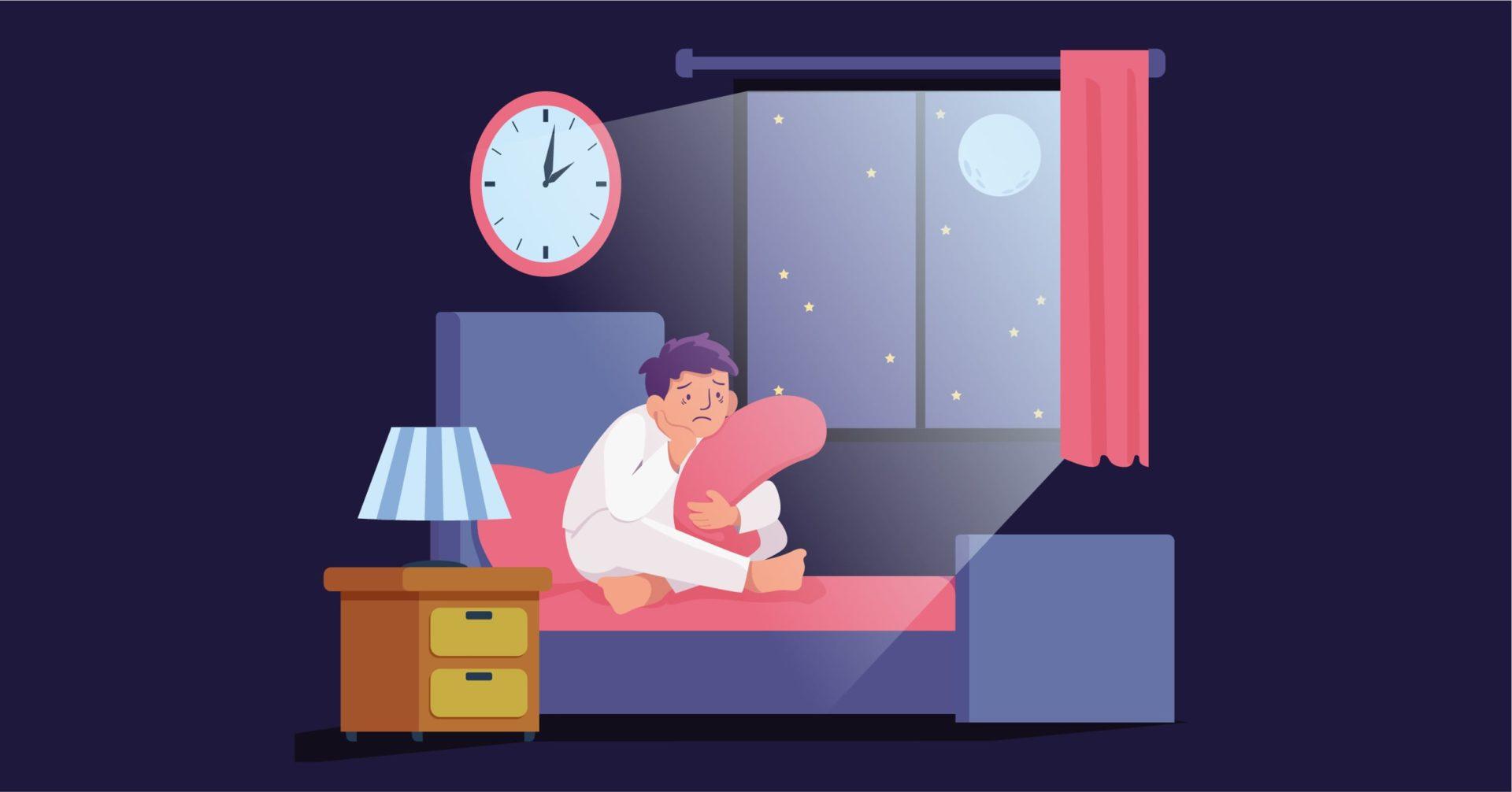Overview
Acute Stress Disorder, characterized under Trauma and Stress related disorder in DSM-5, often develops immediately to within a month of experiencing a stressful, traumatic life event. It can last from 3 days up to a month. Persons suffering from this disorder often express a range of emotions such as rage, horror, guilt, shame alongside anxiety and fear.
Acute Stress Disorder is often characterised by intrusive flashbacks, nightmares, or memories related to the traumatic event. Persons suffering from Acute Stress Disorder are unable to feel positive emotions. They may exhibit dissociative symptoms such that they lose a sense of the environment they are in and might feel like they are reliving their trauma.
They tend to avoid situations, people, places which elicit the memories of the trauma. They exhibit trouble sleeping, may have irritable outbursts and engage in physical or emotional aggression. Survivor’s guilt, numbness or shame are also a common response to trauma. The symptoms may appear within minutes of exposure to traumatic events to months later. Symptoms that last longer than a month are explored for PTSD.
There are no known specific causes of Acute Stress Disorder. However, there is literature relating Pavlovian conditioning to expression of fear responses. The traumatic stimulus is associated with a neutral stimulus.
For example, a gas explosion which is linked with the smell of gas or the sight of gas cylinders. The person then starts to exhibit fear responses to the smell of gas or the sight of gas cylinders. Most healthy people recover from this kind of conditioning with desensitisation to the neutral object. Failure at extinction learning results in persistent fearful responses or Acute Stress Disorder.
Functional magnetic resonance imaging (fMRI) scans of the PTSD patients have shown hypoactivity of the frontal cortex and hyperactivity of the temporal cortex, demonstrating the possibility of a correlation between PTSD and neural functioning. A more recent study showed hyperactivation of the superior prefrontal and cingulate cortex and medial posterior precuneus.
Common Signs and Symptoms
The signs and symptoms of Acute Stress Disorder start showing up immediately after trauma or may take about a month to develop. First hand trauma or second hand trauma as experienced by first responders from repeated exposure to the scene often cause these following symptoms:
- Intrusive symptoms: The person is unable to stop revisiting or reliving the trauma. This is exhibited through flashbacks, nightmares, dreams, recurring memories.
- Negative Mood: the person is seen dwelling on negative thoughts. They may be apathetic and complain of feeling numb. They are unable to feel happiness, love or success.
- Dissociative symptoms: They may lose touch with reality, be unaware of their surroundings and may have difficulty remembering parts of the traumatic event.
- Avoidance symptoms: They avoid people, situations, places and objects that bring back traumatic memories.
- Arousal symptoms: Often associated with increased levels of cortisol and adrenaline hormones, this set of symptoms include irritability, aggression, feeling tense and on guard at all times. It is also characterised by sleep disturbances.
People with Acute Stress Disorder might also engage in substance or alcohol abuse to cope with their symptoms.
Overcome stress like a pro with the help of online stress counselling.
Risk Factors
Since Acute Stress Disorder is closely related to Post Traumatic Stress Disorder, they also share common risk factors. Some of these risk factors include being a woman, genetic predisposition to stress, anxiety and depression, history of traumatic events, dysfunctional familial background, personality disorders, intellectual disability, and other psychiatric disorders.
Surveys conducted by Breslau report that PTSD has a higher prevalence amongst people who were directly exposed to physical trauma, demonstrating higher rates of PTSD among persons who experience assaultive trauma such as rape, kidnap, torture. PTSD among war veterans who were exposed to combat showed higher rates than those who weren’t.
Diagnosis
A doctor or a licensed clinical psychologist often diagnoses Acute Stress Disorder with the help of symptom checklists or the use of psychometric tools. The DSM-5 states the criteria for diagnosis as follows:
A. Being exposed to a traumatic event (either physically, sexually or mentally) PLUS
B. Having more than eight of the following symptoms (clustered in five categories) PLUS:
1. Intrusion symptoms:
- Distressing memories of the traumatic event which are recurrent. Children may have repetitive game plays in themes mimicking the main event.
- Having repetitive dreams related to the traumatic event. In children, it might be in the form of night terrors.
- Enactment of the traumatic event recurrence (i.e., flashbacks).
- Intense or prolonged mental or psychological distress in response to the events or themes reminding the patient of the actual traumatic event.
2. Negative mood:
- Inability to be happy, feel successful or feel love.
3. Dissociative symptoms:
- Having a sense of being detached from self and emotions.
- Dissociative amnesia (that is not related to intoxication or traumatic brain injury [TBI])
4. Avoidance symptoms:
- Avoidance of thoughts, memories, and feelings about the traumatic event.
- Avoidance of external reminders of the traumatic event (such as people and places)
5. Arousal symptoms:
- Sleep problems (such as difficulty initiating and maintaining quality sleep)
- Irritability and rage attacks with minimum to no provocation
- Highly and abnormally alert to surroundings
- Distractibility
- Unusually strong reflexive reactive to a sudden event in the environment
C. The duration of Avoidance and Arousal symptoms should be between three days and four weeks and cause significant functional impairment and not related to substance use or other medical conditions (such as TBI) to meet the criteria for Acute Stress Disorder.
Treatment
A mental health care professional closely works with the patient to develop an individualised treatment plan. However, studies conducted on treatment options, irrespective of trauma type, indicate greater efficacy with trauma-focused Cognitive Behavioural Therapy. Trauma-focused CBT often includes Exposure Therapy.
Exposure therapy is where the patient is exposed to the source of trauma in a controlled manner mimicking the effect of fear extinction. It’s mostly preferred in the treatment of Acute Stress Disorder. Eye Movement Desensitisation and Reprocessing (EMDR) is also one of the preferred treatment options for PTSD.
Pharmacotherapeutic options include prescribed doses of Selective Serotonin Reuptake Inhibitors (SSRIs) such as fluoxetine, sertraline, and paroxetine. Second Generation Antipsychotics are often prescribed for symptoms of anxiety and depression. They are usually paired up with regular sessions of trauma-focused CBT.
Differential Diagnosis
1. Adjustment Disorder: Depressive or anger responses in an adjustment disorder may involve pondering over the traumatic event as opposed to involuntary and intrusive distressing memories in acute stress disorder.
For example, severe stress reactions to life-threatening illnesses that may include some acute stress disorder symptoms may be more appropriately described as an adjustment disorder.
2. Dissociative Disorders: If severe amnesia of the trauma persists in the absence of acute stress disorder symptoms, the diagnosis leads towards dissociative amnesia. Some of the dissociative responses are diagnosed as depersonalization/derealization.
3. Post-traumatic Stress Disorder: Acute stress disorder is distinguished from PTSD because the symptoms in acute stress disorder must occur within 1 month post the traumatic event and resolve within that 1-month period. If the symptoms continue for more than 1 month and meet criteria for PTSD, the diagnosis is changed from acute stress disorder to PTSD.
4. Obsessive-compulsive Disorder: In obsessive-compulsive disorder, there are recurrent intrusive thoughts which justify obsession. The intrusive thoughts are not related to an experienced traumatic event. The difference being, compulsions are present and other symptoms of acute stress disorder are typically absent.
5. Psychotic Disorders: Flashbacks in acute stress disorder are different from illusions, hallucinations, and other constant disturbances that occur in schizophrenia, other psychotic disorders, depressive or bipolar disorder with psychotic features, a delirium, substance/medication-induced disorders and psychotic disorders due to another medical condition.
6. Traumatic brain injury: Brain injury occurred during a traumatic event may cause acute stress disorder. Although, the symptoms of traumatic brain injury (TBI) and acute stress disorder are similar. The point of difference being, acute stress disorder lasts for 1 month post the traumatic event without persistent disorientation and confusion, which are symptoms of traumatic brain injury (TBI).
Specialist
Clinical psychologists with a certificate to practice trauma-focused CBT, psychiatrists and trauma informed counsellors often deal with the diagnosis and treatment of Acute Stress Disorder.
In Conclusion
Traumatic events like the death of a dear one, life threat to oneself or loved ones, or threat of serious physical injury to oneself or others could be possible triggers for Acute Stress Disorder.
Although, this disorder lasts for a brief period of time i.e 3 days to 1 month, the symptoms that are experienced during this period can be, in extreme cases, life-altering. Thus, it is important to identify the symptoms and start the journey towards healing.
Therapy helps in dealing with traumatic events and helps cope with stress.
Book your therapy session with professionals.






